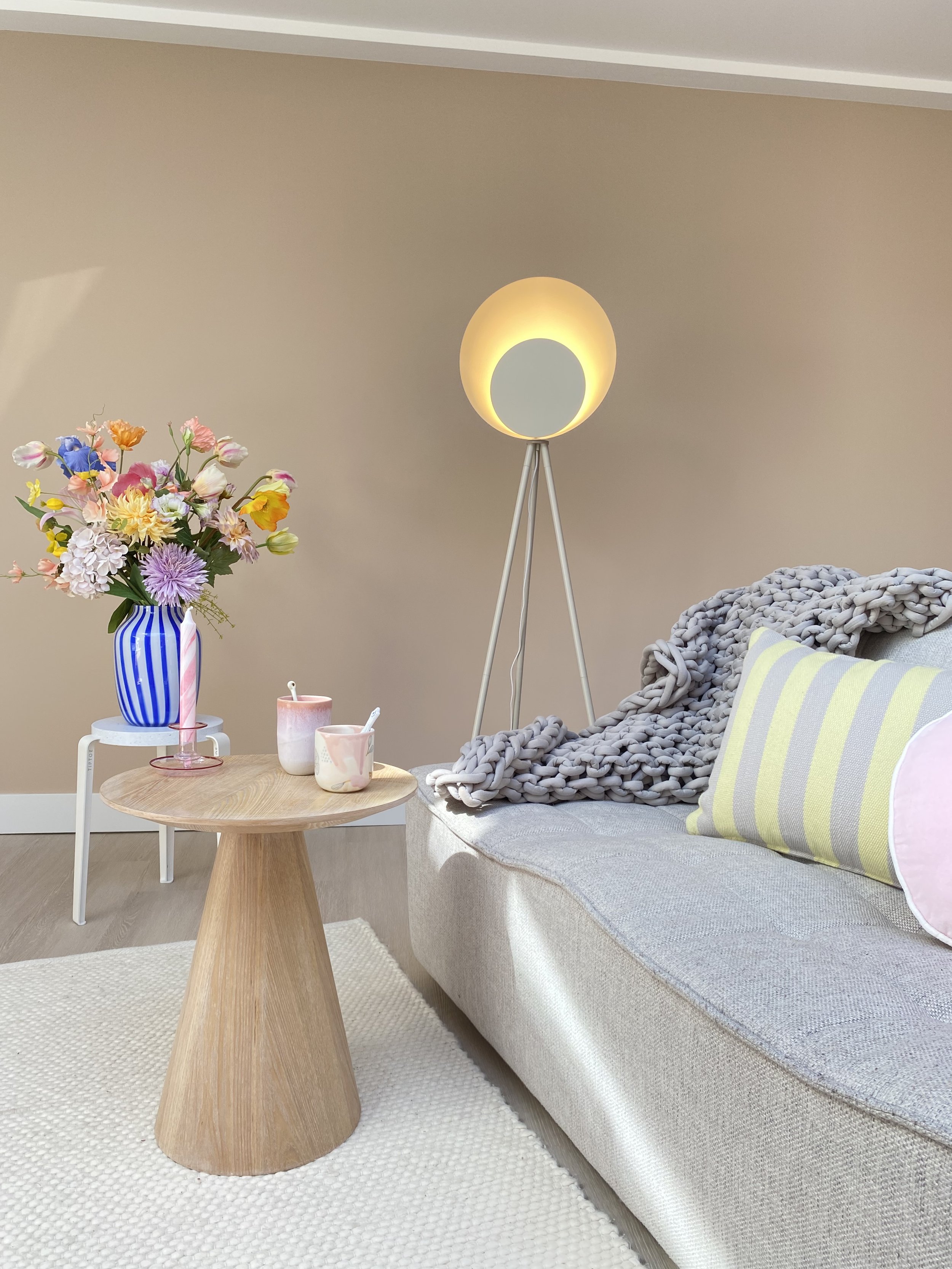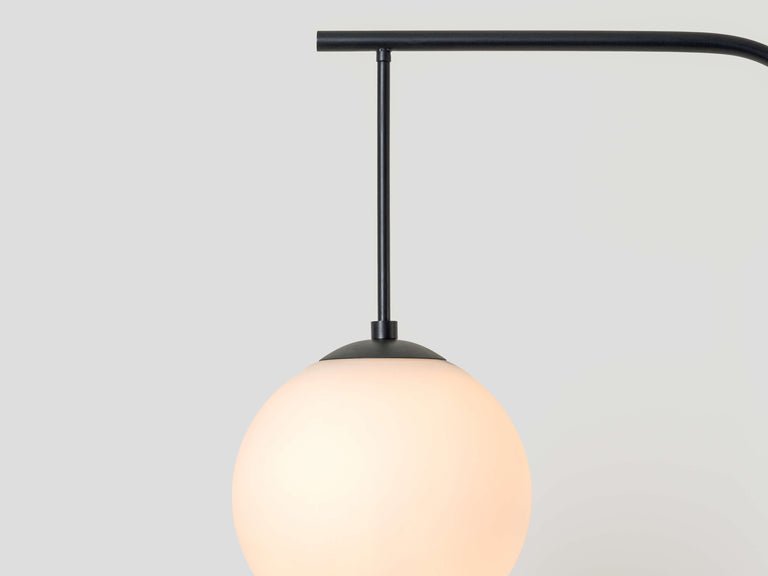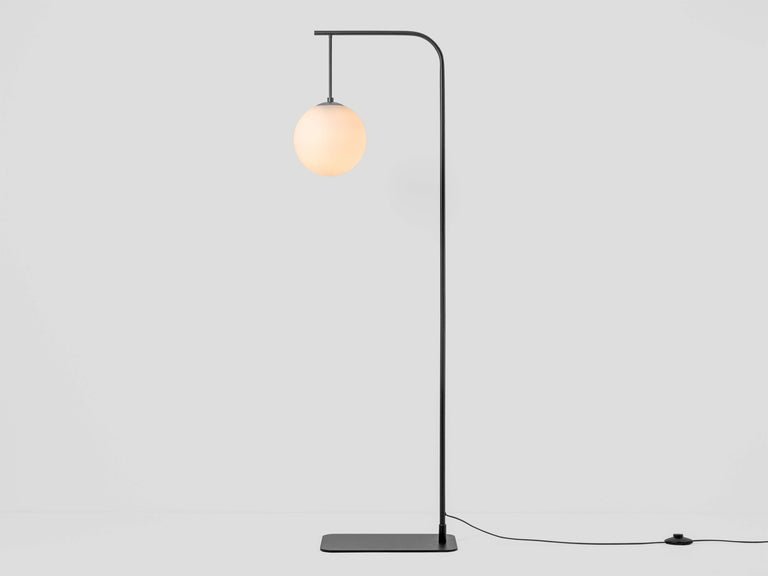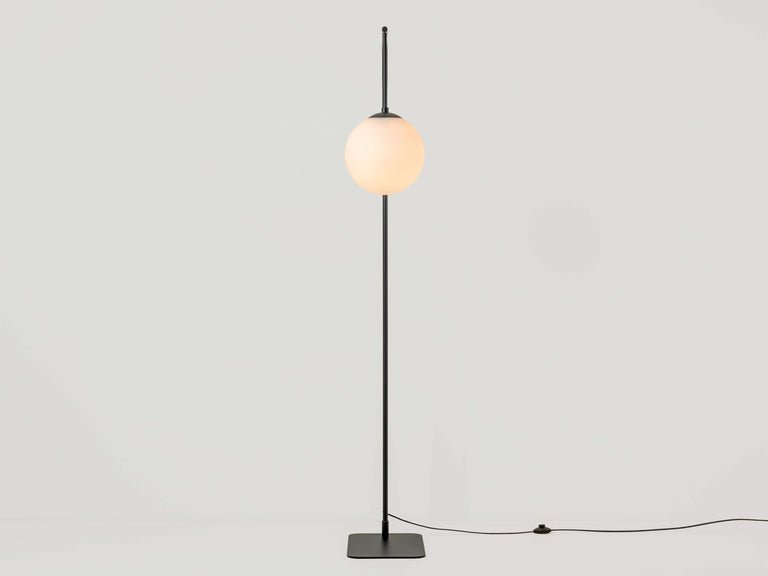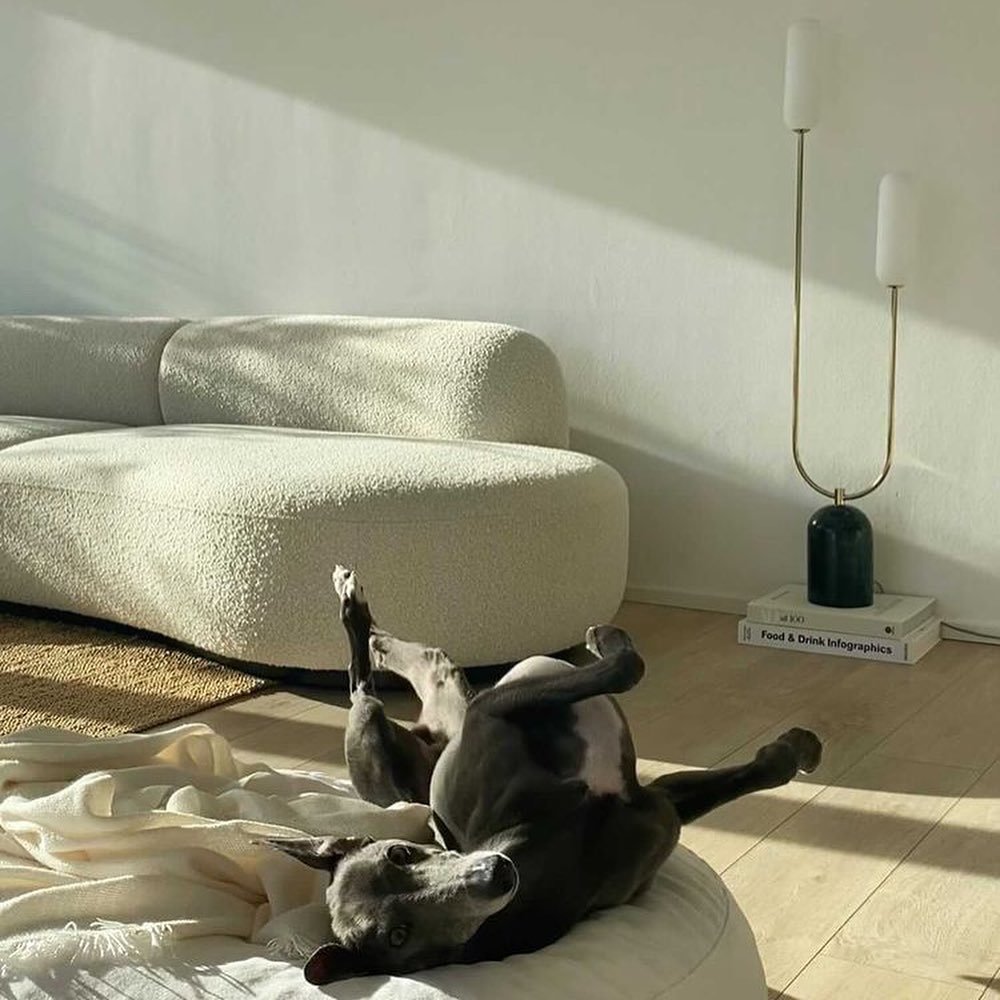How To Light A Room With Floor Lamps
Floor lamps provide the same benefits as overhead lights — all-encompassing illumination, definition, brightness and style. So, why not stick to the standard ceiling light, then? Why invest in floor lamps instead, or in addition to your other light sources? Well, because floor lamps have the edge. They’re not a common feature of modern homes, so you’ll be standing out from the crowd, and they’re much easier to move around when your aesthetic preferences change, or when you need a larger helping of light over a specific space. Essentially, they’re the beloved ceiling pendant, but mobile and unconventional. They’re your ticket to a hip, modern home.
It’s clear you’ve got to have one (or two, or three), but how exactly do you go about it? What kind of floor lamps are available, where do you put them, both room-wise and position-wise, and what kind of bulb do you need? We’ll be answering all these burning questions below, so you can choose the best floor lamps for your home.
What Are The Different Types Of Modern Floor Lamps?
Your ideal floor lamp depends on a few factors; function, aesthetic and space. The first two are up to you, and the latter, presumably, has already been determined by room dimensions and how tidy your living spaces are. Therefore, it’s best to be mindful of sizes when making your choice, keeping smaller floor lamps reserved for smaller spaces, and larger lamps for larger spaces.
In terms of function, think about the space you’ll be illuminating. What is it used for? Work, relaxation, a bit of both? If you’d like a floor lamp in your study, for example, you’d be better off with a larger structure, positioned close to your desk, so your eyes aren’t straining to see your screen. If it’s your living room you’re lighting up, some smaller, dimmer floor lamps are the best means of achieving an evening’s ambience.
Again, the style of your floor lamp has to be considered within the context of the surrounding space, so that aesthetics are made to match, complement or artfully contradict. We’d say that contemporary floor lamps fit best in contemporary homes, due to consistency, but you can still be playful with the colour scheme. Place a pop of pink within a monochrome room, or add a minimalist touch to what is already an explosion of colours, textures and designs, for variation. Your floor lamp can be a loud focal point, or a discreet pillar of calm. It’s your call.
Let’s take a look at the type of floor lamps available at houseof, to give you some concrete ideas:
Diffused floor lamps
Our diffused floor lamps make for stunning centrepieces in your living rooms and bedrooms, with classic tripod frames and oversized dome heads. They offer a soft, diffused glow — perfect for creating an ambience — and they’re available in a variety of colours from our signature palette.
Corner floor lamps
It won’t take you long to decide where to put your corner floor lamp. We’ve figured that out for you. All you need to do now is enjoy their soft ambience. Place these contemporary lamps in your studies, or bedrooms — wherever a relaxing glow would be most appreciated.
Curve floor lamps
Designed to hang over your surfaces, our quirky curve floor lamp can illuminate your bedside table, reading chair, or work desk with ease. It’s a home essential for task lighting — and it looks great, too.
Image courtesy of @hexagonflat
What Are The Best Rooms For Modern Floor Lamps?
As we’ve hinted in our examples, you can style your floor lamps pretty much anywhere — living rooms, dining rooms, bedrooms and hallways. The only no-go zones, to our mind, are super small rooms that couldn’t contain much else other than the floor lamp itself, and rooms with damp conditions, such as bathrooms and kitchens. Maybe there’ll be floor lamps fit for purpose here someday, but for now, floor lamps with the corresponding IP codes are still uncommon.
Where Is The Best Place To Put A Floor Lamp?
Once you’ve decided which room(s) you’ll be kitting out with a floor lamp, you’ll be wondering where exactly it should reside. The centre of the room is off-limits, for obvious reasons, along with anywhere else that’s going to cause problems.
It’s up to you to work within the given parameters, and get creative. In the meantime, though, here are some simple ideas for floor lamp positioning:
Next to a sofa or chair
Standing alone in a dark corner
Next to a bed or beside a small nightstand (if you don't have room for a table lamp)
Beside a desk
We’ve discussed modern lighting schemes before, but the general rule is that every room should be illuminated by a variety of light sources, with a layered effect. This includes ceiling lights (the foundational glow), wall lights (added ambience), table lamps and floor lamps — both of which primarily serve as sources of task lighting. You don’t need all of these lights, but at least two is ideal, floor lamps being an option that pretty much fulfils the roles of all the lights listed.
What Light Bulbs Can I Use For A Modern Floor Lamp?
LED bulbs are in line with the times — they’re the predominant source of lighting across modern lighting fixtures, and it’s no mystery as to why. They save you money, and they benefit the environment, by using 80-90% less energy than electric bulbs. They have 50 times longer lifespan than alternatives, too, with up to 50,000 hours of brightness. It’s a no-brainer, really. LED bulbs are the best.
All of our floor lamps are powered in this way. You can see for yourself, if you take a look through our collections, because now you’ve got all the logistics covered, it’s time to choose your floor lamps, and finally brighten your home the right way. Take a look at our full range of floor lamps here, to make your home shine.

